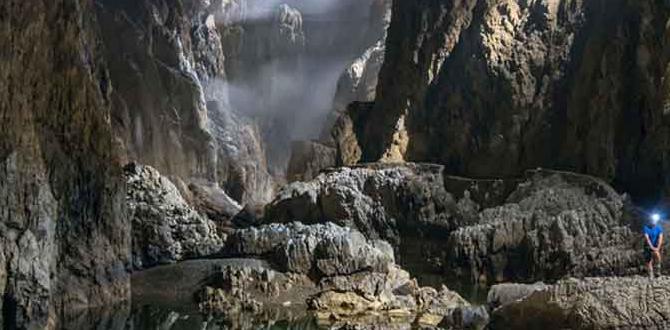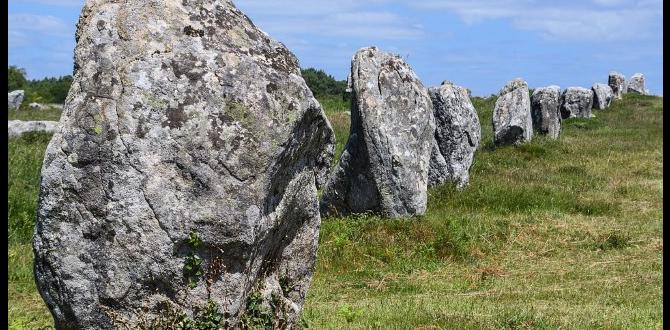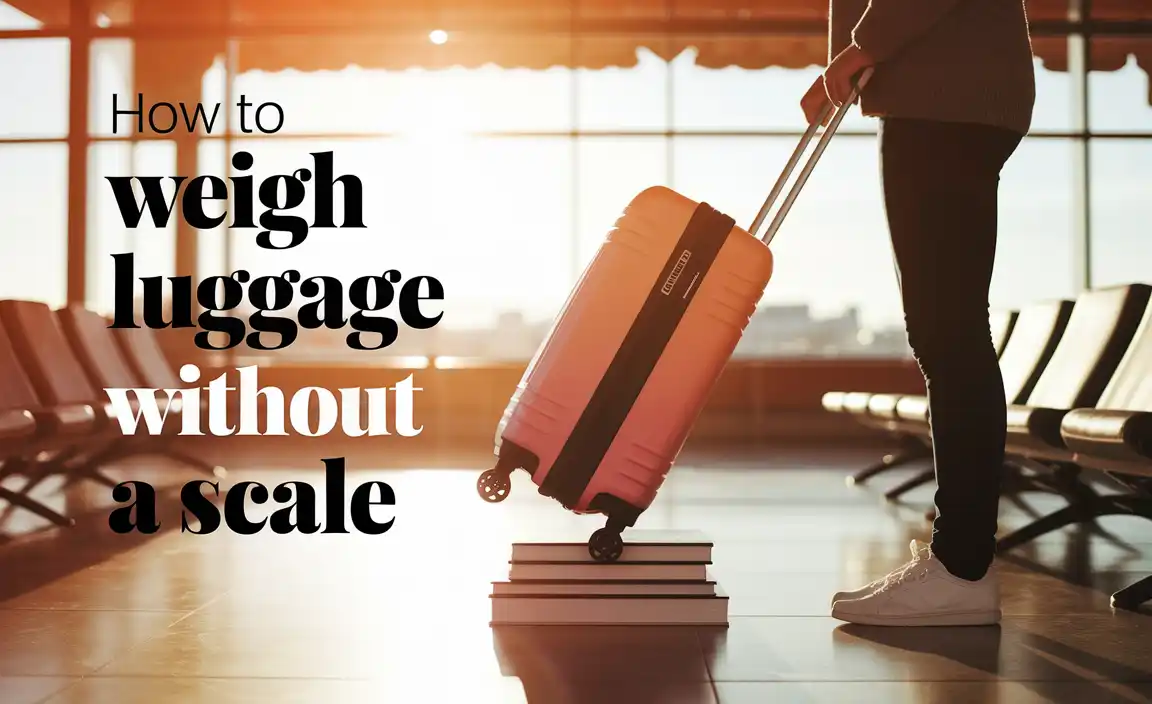Your Bogota Summer Trip Guide: Essential Tips for a Smooth and Enjoyable Adventure. Plan with confidence for the high-altitude capital, covering packing, weather, and unique city experiences.
Dreaming of a vibrant escape to South America? Bogota, Colombia, is a fantastic choice, especially during its summer months! You might be wondering what to pack for a city with such a unique climate, or perhaps how to navigate its bustling streets comfortably. Don’t worry, planning a trip to this incredible capital doesn’t have to be overwhelming. We’re here to simplify it all, ensuring your Bogota adventure is filled with comfort, excitement, and unforgettable memories.
This guide will walk you through everything you need to know, from understanding Bogota’s weather patterns to packing smart and experiencing the best the city has to offer. Get ready to feel prepared and excited for your journey!
Bogota Summer Trip Guide: Essential Tips for First-Timers
Planning a summer trip to Bogota is an exciting prospect, but understanding the unique environmental factors is key to a comfortable experience. Bogota sits at a high altitude, approximately 2,640 meters (8,660 feet) above sea level. This means the climate is surprisingly temperate year-round, without extreme heat or cold. Summer in Bogota, typically from December to March, offers some of the driest and sunniest periods, making it ideal for exploring.
However, “summer” here doesn’t mean beach weather. Expect cool, spring-like temperatures, perfect for sightseeing. The most crucial tip is to be prepared for rapid weather changes – sunshine can quickly give way to refreshing rain showers. Layering your clothing is the golden rule.
Understanding Bogota’s “Summer” Weather
While we call it summer, Bogota’s weather is often described as eternal spring. The altitude plays a significant role here, keeping temperatures consistently mild. During the summer months (December to March), you’ll experience pleasant days with more sunshine compared to other times of the year.
- Average Temperatures: Daytime temperatures usually range from 10°C to 20°C (50°F to 68°F). Nights can get cooler, dropping to around 8°C to 10°C (46°F to 50°F).
- Sunshine: This period generally sees less rainfall than the wetter months (April-May and October-November), offering more opportunities for outdoor activities.
- Rainfall: Even in summer, afternoon showers are common. They are usually short-lived but can be quite intense. Carrying a compact umbrella or a waterproof jacket is always wise.
- Altitude Considerations: The high altitude can affect some visitors. It’s important to acclimatize and stay hydrated.
Knowing this allows us to pack effectively and plan our days without unpleasant surprises.
Essential Packing List for Bogota’s Summer
Packing for Bogota requires a versatile approach. Think layers, comfort, and readiness for diverse conditions. This isn’t a typical beach holiday, so leave the heat-weather gear at home. Instead, focus on items that can be combined or removed easily throughout the day.
Clothing Essentials:
- Lightweight, Breathable Tops: Long-sleeved shirts and t-shirts made from materials like cotton or moisture-wicking fabrics are perfect for layering.
- Sweaters or Fleece Jackets: A couple of medium-weight sweaters or a fleece jacket are essential for cooler mornings and evenings, or for exploring higher altitudes like Monserrate.
- Waterproof and Windproof Jacket: A light, packable jacket is indispensable for sudden rain showers and keeping the wind at bay.
- Comfortable Trousers/Jeans: Pack a few pairs of comfortable jeans or travel trousers. Avoid shorts for general city exploration unless you are in a very specific, warm microclimate.
- Versatile Scarf: A scarf can add warmth, style, and protection from wind or sun.
- Comfortable Walking Shoes: This is non-negotiable! Bogota is a city best explored on foot. Bring well-worn sneakers or sturdy walking shoes.
- Socks: Pack plenty of comfortable socks, especially if you plan on doing a lot of walking. Wool or moisture-wicking blends are ideal.
- Optional: A Slightly Dressier Outfit: If you plan on visiting upscale restaurants or enjoying a night out, pack one smart-casual outfit.
Accessories:
- Daypack: A small backpack is perfect for carrying your essentials, water bottle, snacks, and rain gear while you explore.
- Reusable Water Bottle: Staying hydrated is crucial, especially at high altitudes. Refill stations are becoming more common, or you can refill from your accommodation.
- Sunscreen and Lip Balm with SPF: The sun can be intense at this altitude, even on cloudy days.
- Hat: A brimmed hat can protect you from the sun.
- Sunglasses: Essential for bright, sunny days.
- Portable Power Bank: Keep your phone and other devices charged for navigation and photos.
- Travel-sized Umbrella: Compact and easy to store, your lifesaver during unexpected downpours.
Personal Comfort Items:
For long travel days or unexpected needs, having personal comfort items can make all the difference.
- Travel-friendly adult diapers or protective underwear: For peace of mind on long flights, extensive sightseeing days, or in case of longer travel between locations, carrying discreet adult protective wear can ensure comfort and confidence. Look for products designed for absorbency and discretion. Many brands offer comfortable, breathable options suitable for all travelers, ensuring you can focus on enjoying your trip.
- Child diapers and related supplies: If traveling with children, ensure you have an adequate supply of diapers, wipes, and any other necessary personal care items. While available in Bogota, bringing your preferred brands can prevent any disruptions to your child’s routine and comfort. Many parents find it easier to manage travel with their familiar supplies.
- Basic First-Aid Kit: Include pain relievers, band-aids, antiseptic wipes, and any personal medications.
- Hand Sanitizer: Always useful when you’re out and about.
Altitude Acclimatization and Health Tips
Bogota’s high altitude (8,660 feet) is a significant factor for any visitor and can lead to altitude sickness, often called “soroche.” Taking precautions will help you adjust smoothly and enjoy your trip to the fullest.
Key tips for acclimatization:
- Take it Easy on Arrival: Avoid strenuous activities on your first day. Let your body adjust gradually.
- Stay Hydrated: Drink plenty of water. Dehydration can worsen altitude sickness symptoms. Avoid excessive alcohol and caffeine, which can dehydrate you.
- Eat Light Meals: Opt for easily digestible foods. Heavy meals can put extra strain on your system.
- Consider Coca Leaves: In Colombia, products from the coca leaf (like coca tea) are traditionally used to help with altitude. You can often find coca tea at local markets or cafes.
Monitor your symptoms: Common symptoms include headache, nausea, dizziness, fatigue, and shortness of breath. If symptoms are severe or persistent, consult a local medical professional or consider descending to a lower altitude. Most visitors find that symptoms subside within a day or two with proper care. Reputable sources like the Centers for Disease Control and Prevention (CDC) offer general guidance on altitude sickness prevention.
Getting Around Bogota: Transportation Options
Navigating Bogota is part of the adventure. The city has a robust public transportation system, alongside taxis and ride-sharing services. Understanding your options will help you move efficiently and affordably.
Public Transportation: TransMilenio
- What it is: TransMilenio is Bogota’s bus rapid transit (BRT) system, a quick and efficient way to cover long distances across the city. It’s an enclosed system with dedicated lanes, meaning buses are less affected by traffic.
- How to use it: You’ll need to purchase a rechargeable card called a “TuLlave” card (available at stations) and load it with credit. Each ride costs a small fee.
- Pros: Affordable, extensive network reaching many parts of the city, bypasses regular traffic congestion.
- Cons: Can be very crowded during peak hours, requires some understanding of routes and transfer points.
Taxis and Ride-Sharing Apps:
- Taxis: Official taxis are readily available and a convenient option, especially for shorter distances or when carrying luggage. Always ensure the meter is used or agree on a fare beforehand if possible.
- Ride-Sharing Apps: Apps like Uber, Didi, and Cabify are popular and provide a reliable way to book rides. They offer price transparency and safety features.
- Pros: Door-to-door service, comfortable, easy to hail or book via app, good for direct journeys.
- Cons: Can be more expensive than public transport, especially during surge pricing or heavy traffic.
Other Options:
- SITP Buses: These are regular city buses that run on fixed routes. They are incredibly cheap but can be slower and more challenging to navigate for tourists due to less signage in English.
- Ciclovía: On Sundays and holidays, major streets are closed to cars and open for cycling and walking. It’s a fantastic way to experience the city and rent a bike from providers like B-Cycle.
For most visitors, a combination of TransMilenio for longer commutes and ride-sharing apps or taxis for convenience is an excellent strategy.
Top Things to Do in Bogota (Summer Edition!)
Bogota offers a rich tapestry of culture, history, and natural beauty. The drier summer months are perfect for exploring its many attractions.
Must-Visit Attractions:
- Monserrate: Take the cable car or funicular up this iconic mountain for breathtaking panoramic views of Bogota. The cooler temperatures at the summit are refreshing.
- La Candelaria: Wander through the colorful, historic cobblestone streets of Bogota’s old town. Admire the colonial architecture, vibrant street art, and lively atmosphere.
- Gold Museum (Museo del Oro): Discover an unparalleled collection of pre-Hispanic gold artifacts. It’s an essential stop to understand Colombia’s rich history.
- Botero Museum: Admire the distinctive, voluptuous works of artist Fernando Botero, alongside pieces from Picasso, Dalí, and Monet.
- Plaza de Bolívar: The city’s main square, surrounded by important buildings like the Metropolitan Cathedral, the Palace of Justice, and the Mayor’s Office.
- Salt Cathedral of Zipaquirá: A bit outside the city, this is an incredible underground Roman Catholic church built within the tunnels of a salt mine. It’s a fascinating day trip.
Seasonal Activities:
- Enjoy Outdoor Cafes: The pleasant summer weather is perfect for sipping Colombian coffee at an outdoor cafe in La Candelaria or other charming neighborhoods.
- Explore Parks: Visit Parque Simón Bolívar, the city’s largest park, for a leisurely stroll or to enjoy the sunshine.
- Food Tours: Bogota’s culinary scene is booming. Take a guided food tour to sample local delicacies like Ajiaco (a traditional chicken soup), arepas, and exotic fruits.
Remember to always check opening hours and book tickets in advance for popular attractions, especially if you are visiting during a holiday period.
Food and Drink: A Culinary Journey
Bogota is a food lover’s paradise, offering everything from traditional Colombian dishes to innovative modern cuisine. Summer is a great time to explore its diverse gastronomic landscape.
Must-Try Dishes:
- Ajiaco Santafereño: The quintessential Bogota soup, a hearty blend of three types of potatoes, chicken, corn, and guascas herbs, typically served with cream, capers, and avocado.
- Bandeja Paisa: A very generous platter originating from the Antioquia region, usually containing beans, rice, ground meat, chorizo, fried egg, plantain, and avocado. It’s a filling meal!
- Arepas: Cornmeal cakes served with various toppings like cheese, butter, or meat. A popular breakfast or snack.
- Empanadas: Fried turnovers filled with meat, potatoes, or cheese. A delicious street food staple.
- Posta Negra: A slow-cooked beef dish in a rich, dark sauce, usually served with rice.
Beverages:
- Colombian Coffee: You’re in the land of some of the world’s best coffee! Don’t leave without trying a ‘tinto’ (black coffee) or a ‘perico’ (coffee with milk).
- Aguapanela: A refreshing drink made from unrefined whole cane sugar. It can be served hot or cold, sometimes with lime or cheese.
- Fresh Juices: Colombia boasts an incredible variety of tropical fruits. Try exotic juices made from lulo, maracuyá (passion fruit), guanábana, and many more.
Dining Tips:
- Explore the Usaquén and Zona G (Gastronomy Zone) neighborhoods for a wide range of upscale and casual dining experiences.
- Don’t shy away from local markets like Paloquemao for authentic flavors and a vibrant atmosphere.
- When ordering, it’s helpful to know basic Spanish phrases, although many restaurants in tourist areas cater to English speakers.
Safety and Practical Advice for Travelers
Bogota is a vibrant metropolis, and like any large city, it’s important to be aware of your surroundings and take sensible precautions to ensure a safe and enjoyable trip.
General Safety Tips:
- Be Aware of Your Surroundings: Especially in crowded areas like markets, bus stations, and tourist hotspots. Keep your belongings secure and out of sight.
- Avoid Displaying Valuables: Refrain from wearing expensive jewelry or flashing large amounts of cash.
- Use Reputable Taxis or Ride-Sharing Apps: Stick to official taxis or well-known ride-sharing services. Make sure the meter is running or confirm the fare beforehand.
- Be Cautious at Night: Stick to well-lit, populated areas after dark. If unsure, take a taxi or ride-sharing service back to your accommodation.
- Watch Out for Scams: Be wary of overly friendly strangers offering unsolicited help or deals that seem too good to be true.
Emergency Information:
It’s always wise to know the local emergency numbers. For general emergencies in Colombia, the primary number is 123.
Consulting government travel advisories can also provide up-to-date safety information. For instance, the U.S. Department of State offers detailed safety and security information for travelers to Colombia.
Currency and Payments:
- The local currency is the Colombian Peso (COP).
- ATMs are widely available, and credit cards are accepted in most hotels, restaurants, and larger shops.
- It’s always a good idea to carry some cash for smaller purchases, local markets, and tips.
Packing Your Luggage: A Final Check
Before you seal that suitcase, let’s do a quick check to ensure you haven’t missed anything critical for your Bogota summer trip.
Key Items to Double-Check:
- Documents: Passport, visa (if required), flight confirmations, hotel bookings, travel insurance details. Make digital copies and store them securely online or on your phone.
- Medications: Prescription medications with their original packaging and a copy of the prescription.
- Comfort Items: Reusable water bottle, power bank, comfortable walking shoes, and that essential rain jacket!
- Personal Care: Don’t forget your travel-sized toiletries and any personal comfort items you rely on for stress-free travel like adult or child diapers if needed.
Pro Tip: Pack layers that can be easily mixed and matched. A versatile wardrobe will serve you far better than a few specific outfits.



